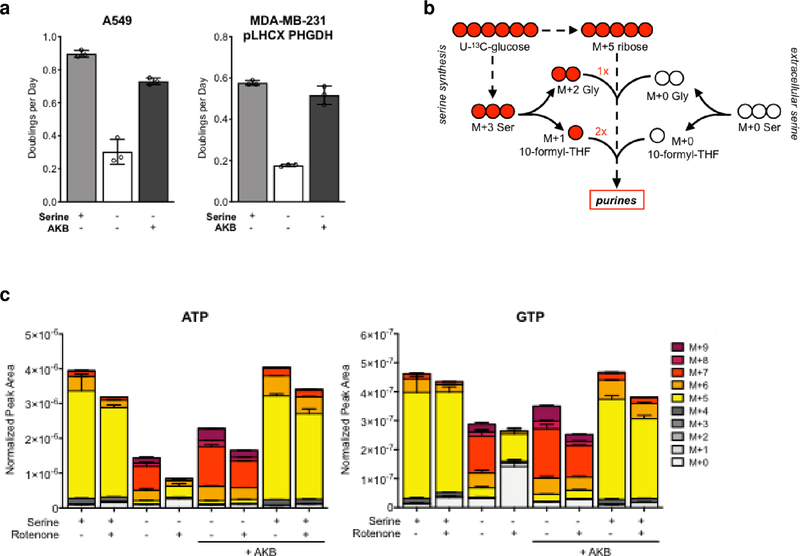Figure. 4: Electron acceptors are an endogenous limitation for serine synthesis and proliferation in the absence of exogenous serine.
a, Proliferation rates of A549 and PHGDH-expressing MDA-MB-231 cells (pLHCX PHGDH) cultured in serine-replete or serine-free media with or without AKB as indicated. b, Schematic of how U-13C-glucose carbon can contribute label to serine and purines. Newly synthesized purines incorporate ribose containing 5 13C from labeled glucose. If serine that is synthesized from 13C-labeled glucose contributes to purine synthesis, up to 4 additional 13C-labeled carbons can be incorporated, because glycine produced from glucose-derived serine can contribute 2 13C-labeled carbons, and 10-formyl-THF from glucose-derived serine can contribute up to 2 13C labels. Thus, M+5 labeling suggests the purine is newly synthesized using exogenous serine, while species with >5 13C labels suggests the purine is synthesized using glucose-derived serine. c, Total levels and labeling of ATP and GTP from U-13C-glucose in A549 cells grown with or without serine, 20 nM rotenone, and AKB as indicated. Data shown are mean (+/− standard deviation) of 3 biological replicates.

